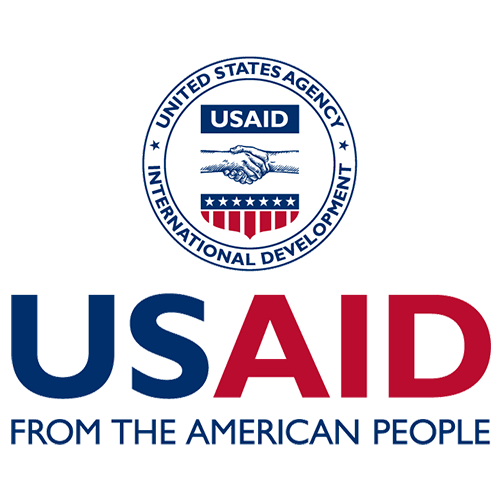Sudan’s Blue Nile State, situated along the country’s southeastern border, has known war for more than 60 years. Though it’s dwarfed by protracted humanitarian crises in neighboring Darfur and South Sudan, Blue Nile State is home to one of the world’s forgotten crises.
The humanitarian situation in Blue Nile State is characterized by mass displacement, and has been further exacerbated by the evacuation of all aid organizations since 2011. The area’s ongoing conflict has impeded residents’ ability to access basic services and disrupted livelihoods, exposing vulnerable communities to high levels of food insecurity and malnutrition. In addition, the greater national economic crisis and heightened political uncertainty in Khartoum, the capital city of Sudan, are expected to send food prices skyrocketing at least 250-300% above average.
Many areas of Blue Nile State are classified as Crisis, or Phase 3, according to the Integrated Phase Classification (IPC) system –a data-driven method for analyzing food insecurity. The situation is expected to worsen during the country’s lean season, the period of time between harvests when food stores are low.
In recent months, the security situation in Blue Nile State has stabilized, allowing humanitarian organizations to resume live-saving operations in this fragile corner of the country.
With support from USAID’s Office of Foreign Disaster Assistance (USAID), Relief International teams are providing immediate healthcare and nutrition services to internally displaced persons and vulnerable host communities in Damazine and Rosaries Localities, areas with historically poor access to basic services even prior to the conflict. We have opened five static health facilities, two primary healthcare centers, and three basic health units to restore communities’ access to these critical services. Following years of protracted conflict in Blue Nile State, many communities could not access safe drinking water, forcing families to use less water and rely on contaminated sources for their daily needs. Since poor water and sanitation is a direct cause of malnutrition, our teams are working to integrate life-saving nutrition support with hygiene promotion campaigns and upgrades to health facilities and other critical infrastructure.
